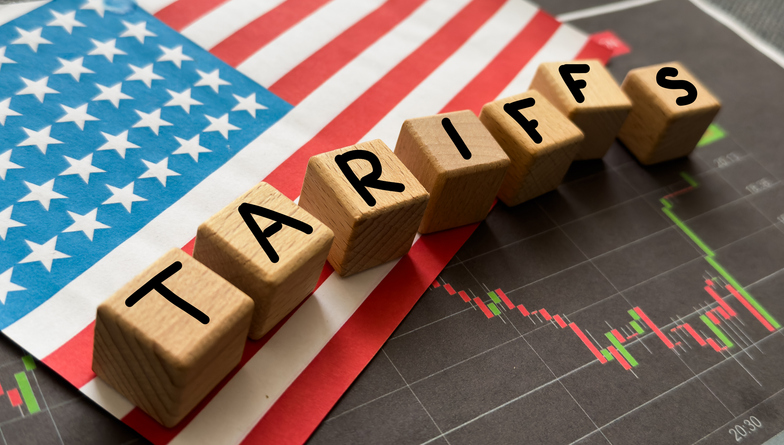With new tariffs on imported vehicles set to kick in at the start of April, households rushed to get ahead of higher prices. Auto sales spiked 5.3% — the clearest signal yet that demand was being pulled forward. This wasn’t organic growth. It was a reaction to fear.
John Hutchinson called this weeks ago. In early April, he flagged that large-ticket purchases — especially cars — were being front-loaded. He also pointed to softening ISM trends as evidence that economic momentum was already fading. March’s data confirmed both.

Even as the headline numbers impressed, the core of the report told a different story. Retail Sales, excluding autos, were up just 0.5%.

At the same time, confidence took a hit. The University of Michigan’s Consumer Sentiment Index fell from 64.7 to 57.0 in March — a drop that’s hard to ignore.

And it wasn’t just households pulling back. Business activity also softened: the ISM Services PMI fell to 51.2 (lowest since last June), while the Manufacturing PMI dipped back into contraction at 48.9.
Put it all together, and the picture gets clearer: March’s retail strength was a mirage. It wasn’t about demand expanding — it was about shoppers racing the clock.
The risk now is that Q2 starts with a consumer hangover. When you pull future demand into the present, it leaves a gap on the other side. If that gap is deep enough, it could pressure the broader economy — especially if confidence doesn’t rebound and inflation expectations keep climbing.
One way to track if this plays out as expected is to track the Consumer Discretionary ETF, like the XLY. Consumer discretionary equities ETFs invest in companies that sell nonessential (elastic) goods and services. These companies are involved in a number of sectors, including retail, leisure and entertainment, media, and the automotive industries. You can see that non-essential goods have been hit particularly hard year-to-date, down 17% as tariffs and other policies push unemployment and the cost of goods higher.

Speaking of inflation, those inflation expectations are climbing fast. In early April, one-year inflation expectations jumped to 6.7%, the highest reading since 1981. That’s not a good sign when people are already wary of spending.
So what should we expect from here?
Retail numbers in April and May will likely soften. If we see continued weakness in sentiment and the ISMs, the market may start pricing in a policy shift from the Fed. For now, the bar for cuts is still high — but the setup is shifting. Quietly, and quickly.
Bottom line: March looked strong, but it was really the result of panic spending. And Hutchinson saw it coming. Now the focus shifts to Q2 — where pulled-forward demand could leave the economy running on fumes.


